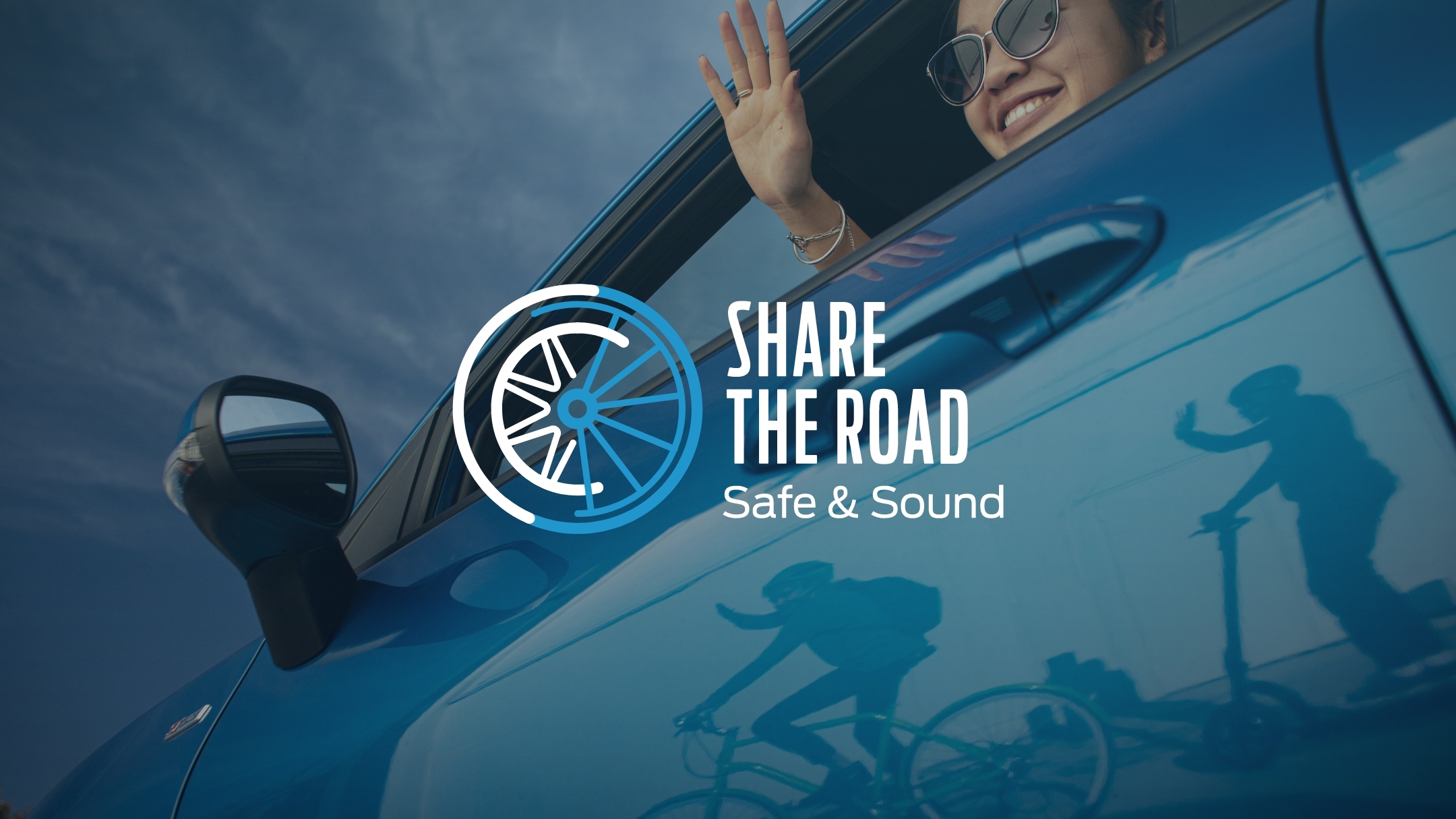Hardware
Headphones can be killers on the road
Headphones can be a great way to listen to music or podcasts, helping us to enjoy the best sound experiences without interruptions. Many people also find that headphones can help them to concentrate or relax by blocking background noise and distractions.
However, wearing headphones while on the road – as a driver, cyclist, e-scooter rider or pedestrian – can also be dangerous; in some countries, it is even illegal.
Now, a new sound experiment commissioned by Ford shows that people listening to music on headphones are, on average, more than four seconds slower to identify potential road hazards than when not listening to music.
“Sound plays a vital role in our ability to understand our environment – we very often hear important events happening around us before we see them,” says Dr Maria Chait, Professor of auditory cognitive neuroscience at University College London. “While headphones can be beneficial to us in many circumstances, on the road they can block out important sound cues, meaning we might not be able to perceive nearby vehicles or road users, potentially putting them – and us – in danger.”
The study employed a specially developed “8D” spatial sound experience that placed more than 2,000 participants from across Europe into an immersive virtual street and measured their reaction times in potentially hazardous situations. After undertaking the experience, most participants said they would not wear headphones on the move again.
Part of Ford’s “Share The Road” campaign to foster greater harmony and understanding between road users, the study was designed to highlight the role that hearing plays in our ability to identify and respond to road safety hazards.
The Ford-commissioned research investigated the road use and listening habits of more than 2,000 people from France, Germany, Italy, Spain and the U.K., asking about their attitudes to risk while driving, cycling, walking or riding a scooter.
Most of those who took part said they listen to headphones while on the move; among the 56 percent of people who report having been involved in a near-miss or an accident, 27 percent were wearing headphones at the time.
Participants were then invited to run a specially developed app – Share The Road: Safe And Sound – on their smartphones to measure the impact that wearing headphones had on their ability to react to audio cues.
The app employs “8D” spatial audio technology to help immerse participants in a virtual reality street. The directional sound is achieved through a complex process of panning and equalisation, enabling the app to create highly realistic sound cues – an emergency services vehicle approaching from behind, for example.
Participants’ reaction times to these hazards was measured across three different scenarios, both with music playing through the wearer’s headphones and without. On average, participants were 4.2 seconds slower to identify and respond to a hazard on the road when music was
playing.
By posing questions both before and after participants undertook the 8D sound experience, researchers were able to identify how effective the app was in changing road safety awareness and attitudes.
Before the experience, 44% of people said they would not wear headphones while on the move; afterwards, 58% made a commitment never to wear them again. Meanwhile, 64% fewer said they would listen to headphones regularly while on the road.
Ford has now made the app experience available to everybody to see how important audio cues can be when sharing the road with others. From a smartphone, visit https://fordsharetheroad8d.com/



















